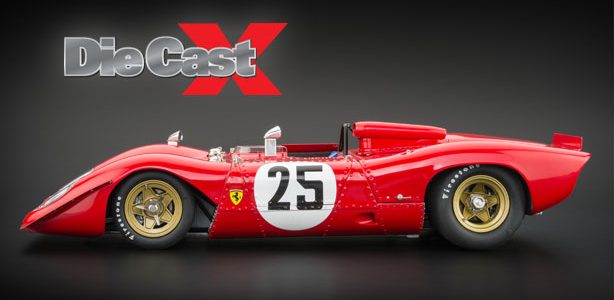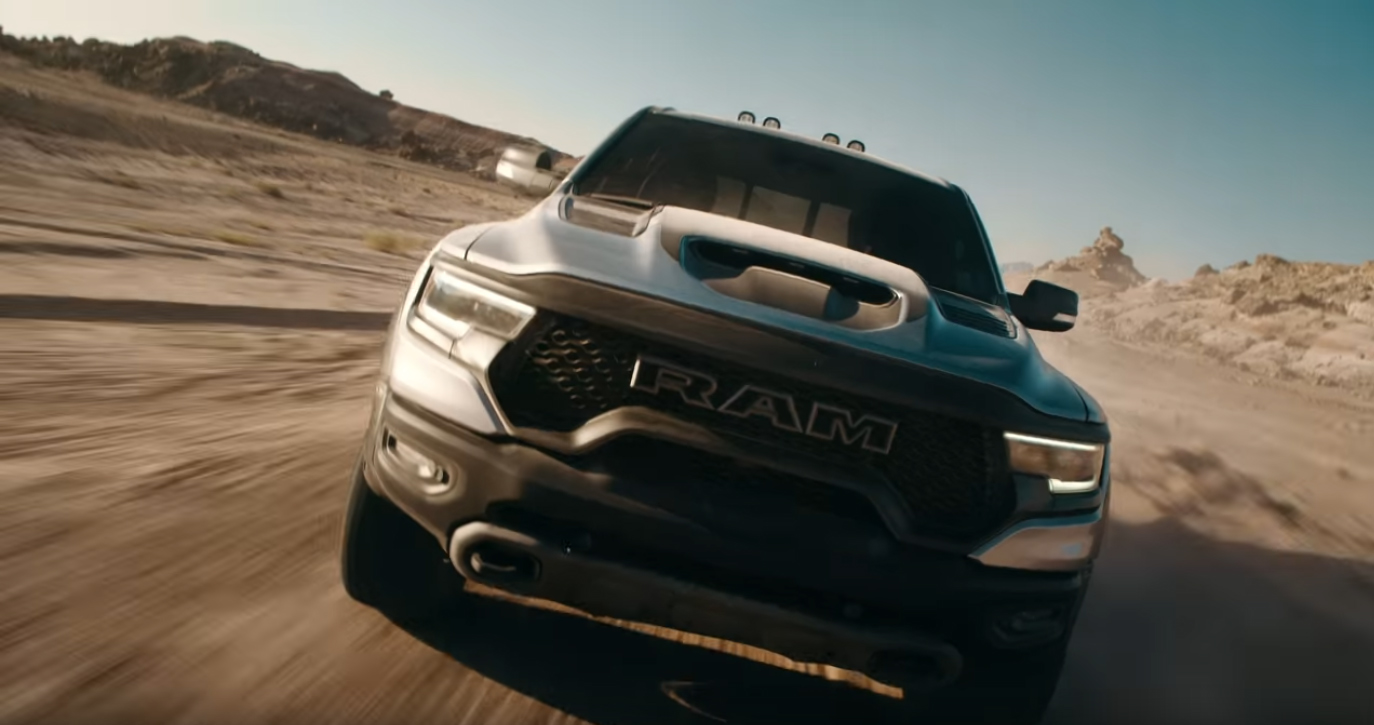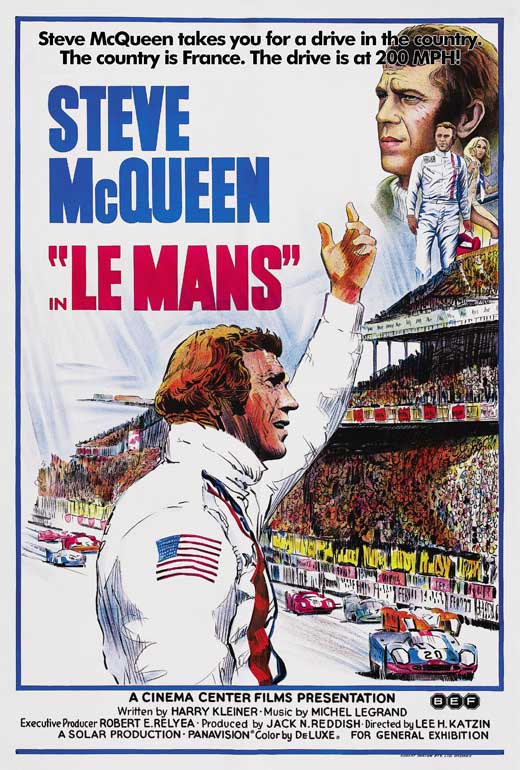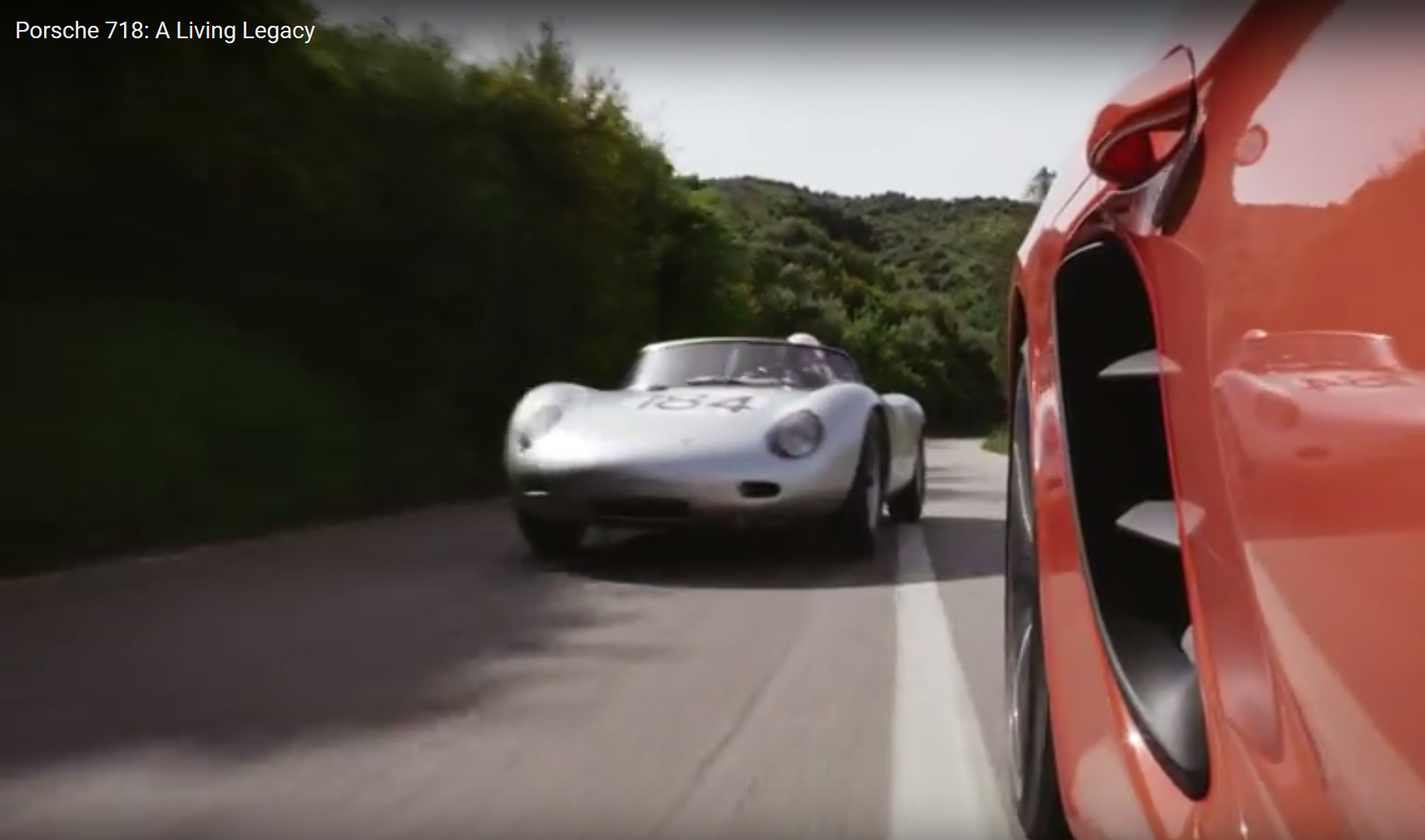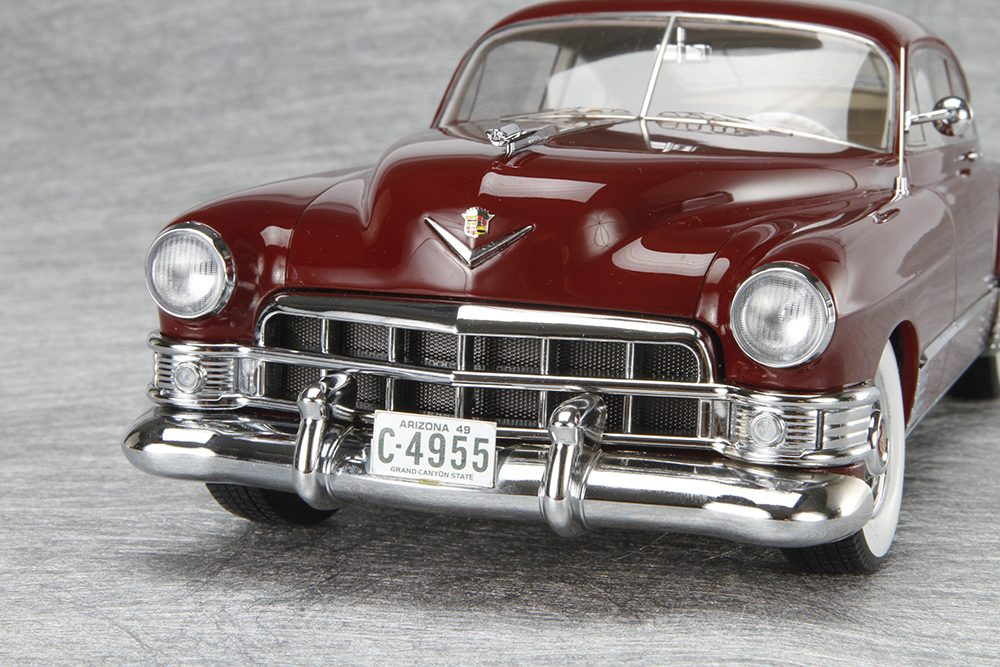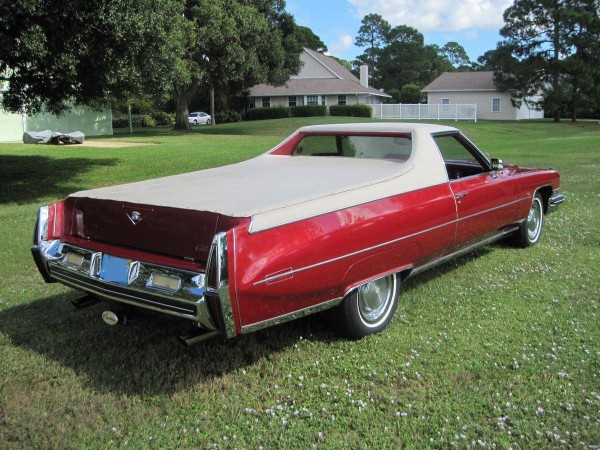The Sherman M4A3 Confederate General Nathan Bedford Forrest is generally credited with the saying that victory favors those who get there firstest with the mostest. And that pretty well sums up WW II tank warfare and the Allies victory. With the Sherman M4, we may not have had the best tank, but we made up for that in sheer numbers. An unbelievable 49,234 Shermans were produced by 11 companies in only three years1942 to 1945. Thats an average of one every 14 minutes, 10 hours a day, seven days a week. At its peak, the production rate was nearly twice that. To put it in perspective: more Sherman tanks were produced during those three years than the combined number of tanks produced by England and Germany during a five-year period. Now, thats impressive! When up against an opponent such as the German Tiger I or II, the Sherman was close to being defenseless. Its armor wasnt as thick, and its gun wasnt as powerful. So what did it have going for it besides pure numbers? For one thing, it was jackrabbit-quick and highly maneuverable. And it was as reliable as a ball-peen hammer. Even Germanys smaller tanks suffered from reliability problems, and as formidable as the bigger Tigers may have been, they were plodding targets and prone to breaking down, and a weapon that is broken is no longer a weapon. The Shermans simply danced around them, picking at the vulnerable spots. Based on their combat experience with the Sherman, the British calculated that it took five M4s to knock out one Tiger and that only one Sherman would survive that battle. Of course, the Allies had the five Shermans required, so the eventual outcome was inevitable. The variation in Sherman models can be bewildering, especially with respect to hull shape and manufacturing. In general, from beginning to end, the fully cast upper hull, with its characteristic rounded contours, progressively gave way to a rectilinear all-welded hull. The engines also varied greatly. The Sherman began life with a 400hp, 975ci, 9-cylinder radial aircraft engine and then progressed through several automotive variations, including an insane Chrysler A57 multi-bank engine that was actually a number of 6-cylinder auto engines married to one crankshaft. The M4A3, which accounted for nearly 25 percent of all Sherman production, was an effort to standardize the breed. Its engine was an 18-liter (1,150 cubic inches!), Ford V-8 that put out 500hp at 2,600rpm, and the 47-degree sloped hull was primarily welded plate. Was the Sherman a great tank? It depends on how you define great, doesnt it? History, though, generally remembers the winners first, and for that simple reason, the Sherman is and always will be one of best-known tanks of all time. |
Diecast Interior. When you rotate the turret to the 1-o’clock position, you can lift it off to reveal the crew compartment. Immediately striking is the white-and lots of it! Although it’s true that the Shermans were painted white inside, many of the individual pieces of equipment were other colors. The interior molding is admirably detailed-particularly the crews’ seats and the ammo’s wet-storage-compartment doors. But because many of these replicated pieces are not in their authentic colors, much of this detail is lost to the eye. Where Franklin did paint, the detail is exquisite. The driver’s instrument panel, for example, its difficult to see because it’s tucked way down in the hull, but it has highly detailed switches and gauges, as does the radio panel in the turret’s upper section. This shows what Franklin can do; I would like to have seen more of this in the rest of the compartment. The same perplexing inconsistency appears on the bow and the turret machine guns. The bow-mounted Browning .30-caliber is splendid-accurately molded and detailed. The turret should have an identical Browning, but the piece mounted there is hardly recognizable as a gun at all. The Franklin Mint is certainly capable of getting these details right; why didn’t it do so?
Wrapping up If Patton made his reputation with tank warfare, the M4A3 Sherman was the vehicle he rode into history on. The mainstay of U.S. armored combat for much of the War, the Sherman was a flawed but capable tool, and ultimately, its combination of reliability, speed and sheer numbers carried the day. The Franklin Mint’s version does a commendable job of celebrating this most influential armored vehicle with precision, style and detail, and it depicts many of the design advances and revisions made during the War. Like the real Sherman, the Franklin piece is not without flaws-notably in the interior-and I would like to have seen more documentation explaining the history of this particular Sherman variant. Even so, this M4A3 model is a winner, and its size and the skill with which it is executed make it worthy of a star position in any collection of WW II militaria. Diecast Sources The Franklin Mint; Military Museum of Southern New England |



